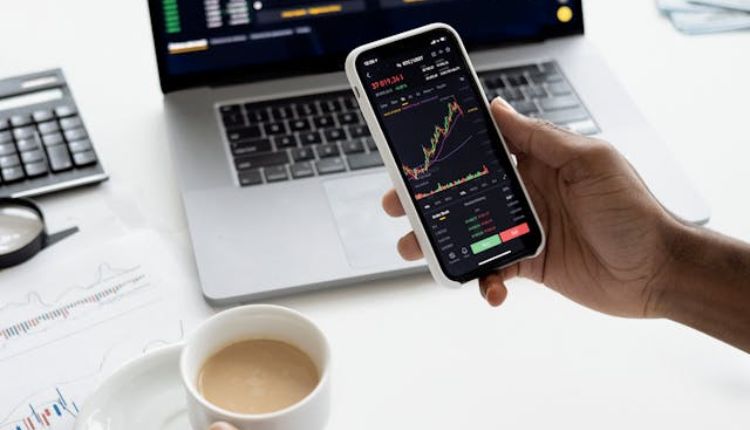Trading Chart Patterns Explained Simple Strategies for Beginners
Embarking on the journey of financial market trading can be akin to exploring a vast ocean – mysterious, deep, and full of unforeseen challenges. Seasoned navigators know that understanding the waters is key to successful voyages; similarly, traders recognize that mastering trading chart patterns is essential for thriving in the tumultuous world of investments.
The visual poetry of trading patterns weaves a narrative that speaks volumes to those who learn its language. At their core, chart patterns represent the collective psychology of countless investors, reflecting their fears, hopes, and expectations within the canvas of a price chart. Whether you’re drawn to the rhythm of forex chart patterns or the broader tapestry of patterns in stocks and commodities, this cryptographic map holds the secrets to potential market movements.
The beauty of pattern trading lies in its accessibility. Newcomers might feel overwhelmed with the supplementing indicators and sprawling financial news. Meanwhile, chart patterns offer a straightforward tableau: clear formations signaling potential trends and reversals.
Bullish chart patterns represent wellsprings of optimism in the markets – a congregation of buyer momentum sculpting notable designs such as “cup and handle” or “ascending triangle.” These configurations aren’t simply random shapes; they exhibit buyers’ determination overpowering sellers, possibly heralding an uptick in prices.
Conversely, bearish patterns may paint an image of market trepidation. Yet amidst these scenarios, opportunities are born – knowing when to step back can be just as valuable as recognizing when to advance.
Trading chart patterns transcend mere aesthetics; they embody technical analysis chart patterns, providing a systematic approach to dissecting market movements. The foundation of pattern recognition is built on historic replication – observing that certain patterns tend to precede specific outcomes.
Take the age-old “head and shoulders” pattern, for example: it is more than a curious resemblance to the human form. Traders see it as a prelude to a potential downward shift in market progression. Learning about these classic formations is like acquiring an arsenal of tools that prepares one for multiple scenarios.
Of course, while appreciative of their potential, practitioners should also acknowledge that no chart pattern comes with guarantees. It’s where prudence intertwines with foresight – supplementing these visual cues with other forms of analysis elevates a trader’s acumen from novice to sage.
However, it’s not all about dry theory. Imagine glancing at your trading chart and spotting a ‘double bottom’ form just as the market teeters on uncertainty; it’s a thrilling moment akin to deciphering an ancient hieroglyph that reveals where treasure lies. That pulse of real-time discovery is what continually draws new participants into the art of pattern trading.
Developing skills in identifying and interpreting these pictorial hints is attainable for anyone willing to dedicate time and focus. A wealth of resources – books, online courses, and mentorship programs – are available for those who aim to become fluent in the lexicon of the markets.
Each successfully interpreted chart pattern feels like a riddle solved – a small victory in understanding the overarching plot playing out on your screens. Whether one’s focus leans toward the lucrative tides of forex chart patterns or encompasses diverse assets, there’s an inherent joy found in piecing together the puzzle that each trading pattern presents.
As our canvass comes to an end, remember, chart patterns tell the story of markets past and present but with educated insight and practice, they could also divulge something about what lies ahead. Beginners keen on tapping into this vivid aspect of technical analysis may find themselves not only better equipped but also more fascinated with the ongoing saga of financial markets. Trading charts hold a prism through which patient observers can glimpse possible futures –an invaluable tool in an investor’s kit. Embrace chart patterns as not just shapes and lines but as symbols of market sentiment, guiding lights through often murky investment waters, and perhaps they will illuminate your path towards more informed and confident trade decision-making.
